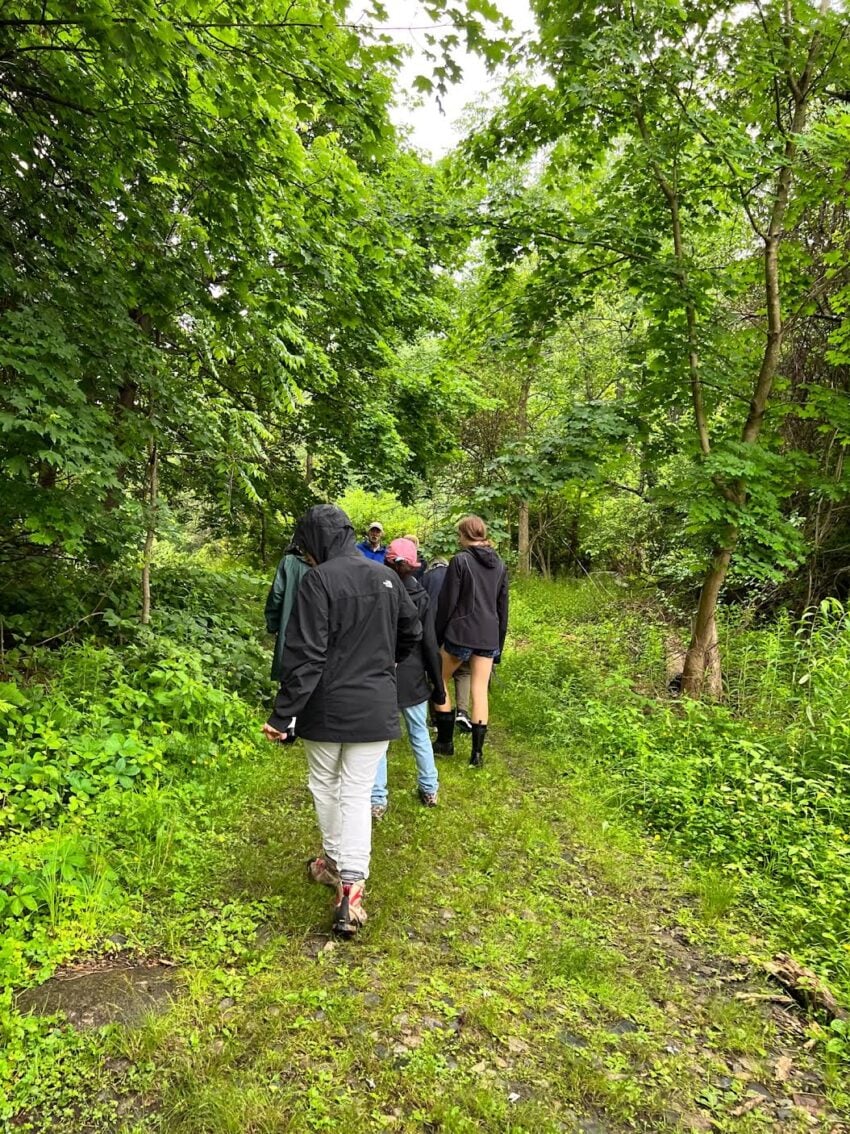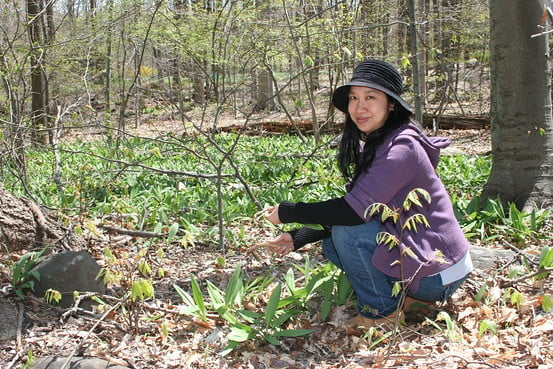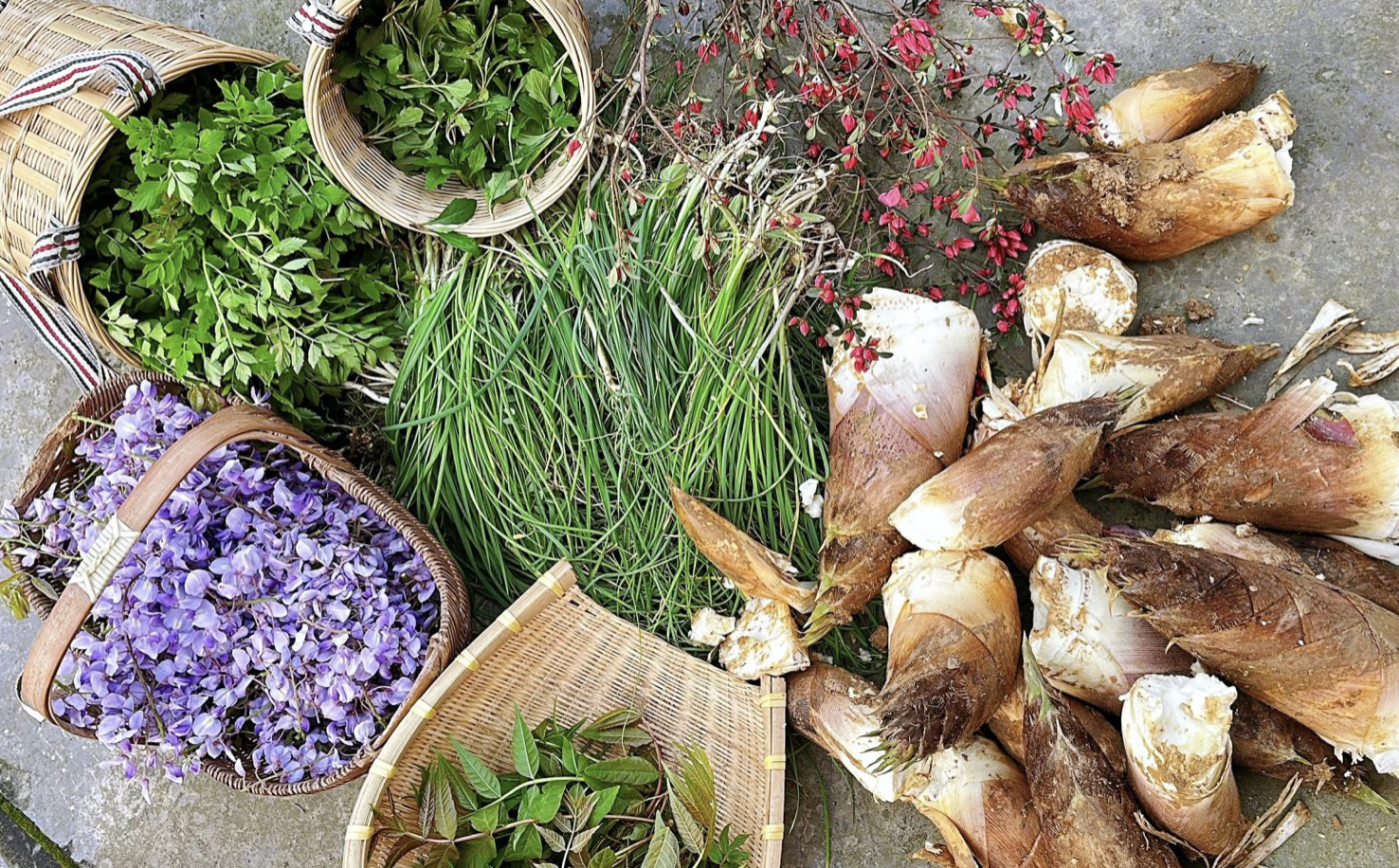In a surprising cultural crossover, American youths are now exploring Xiaohongshu (RedNote) to document their foraging adventures—a trend inspired by China’s “digging wild vegetables” movement. What began as a niche social media phenomenon has blossomed into a global exploration of urban food landscapes.


Unlike traditional survival tactics, modern foraging has become a lifestyle choice driven by curiosity, sustainability, and digital connection. Xiaohongshu hashtags related to wild food harvesting have accumulated over 200 million views, transforming an old practice into a trendy social activity. “I discovered foraging through Xiaohongshu,” says Jessica Mendez, a Portland-based content creator. “It’s not just about finding food—it’s about reconnecting with nature and building a global community.”

The platform has become an unexpected bridge between Chinese and American urban explorers. While initial motivations differ—Chinese users often seek local culinary experiences, Americans explore ecological connections—the shared passion for wild foods creates a unique digital ecosystem.
Both communities emphasize critical principles that include: absolute plant identification; sustainable harvesting techniques; avoiding polluted urban areas; and respecting local ecosystems. Dr. Maya Wilson, a nutritionist specializing in wild foods, warns, “Foraging requires extensive knowledge. It’s not just about finding edible plants, but understanding their ecological context.”

Xiaohongshu’s growth post-TikTok ban has accelerated cross-cultural exchanges. Users aren’t just sharing recipes—they’re building a global knowledge network that transcends traditional boundaries. What started as a social media trend represents a broader movement: young generations reclaiming traditional knowledge, challenging industrial food systems, and creating global connections through shared experiences.
Cover image via Biophilic Cities.















